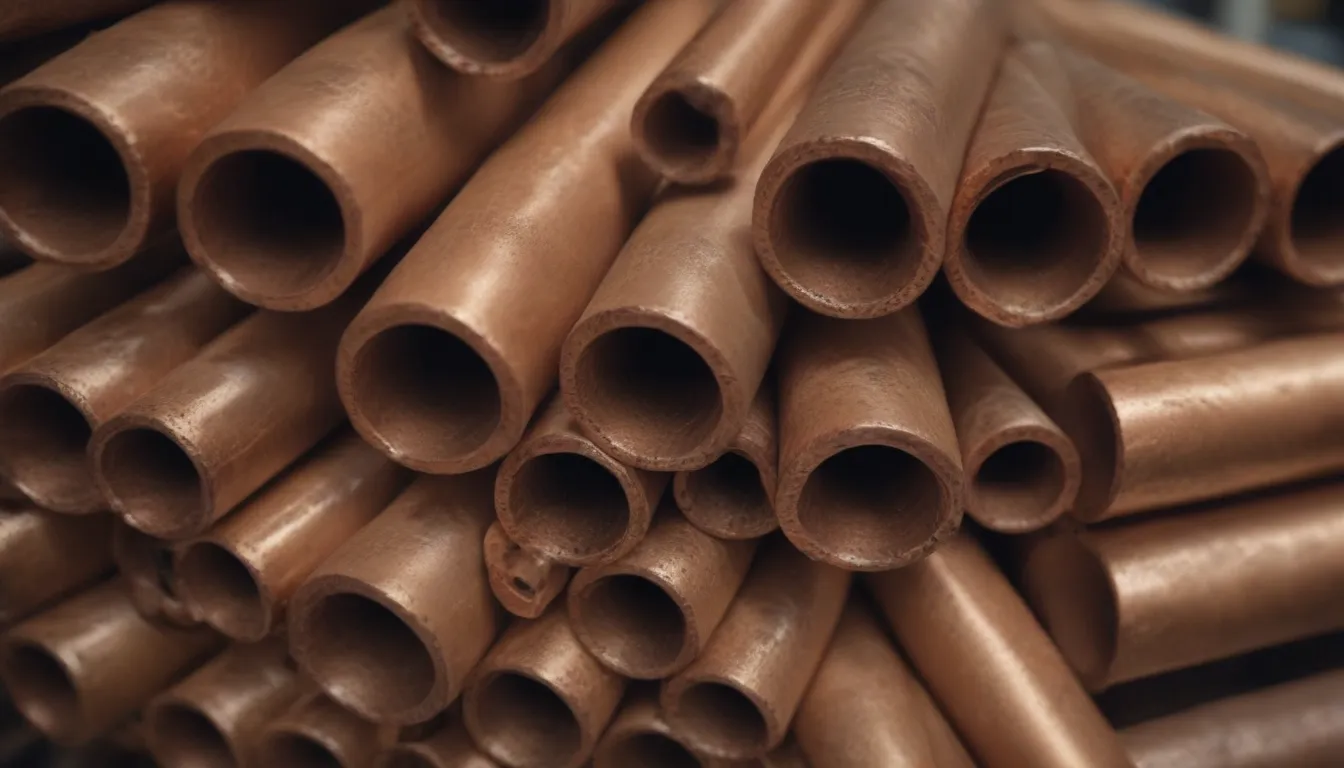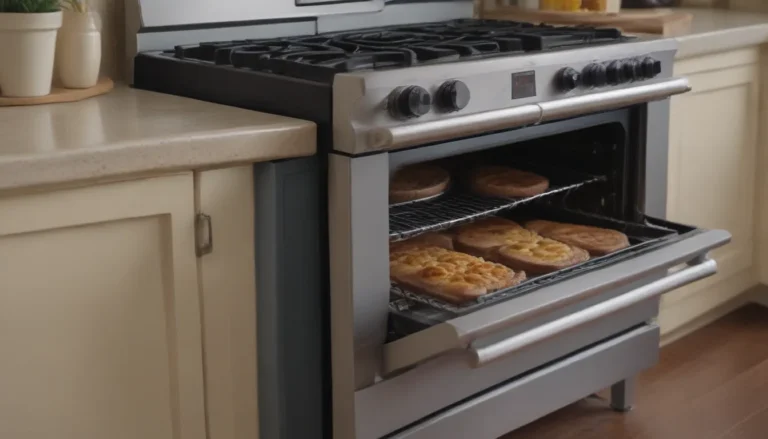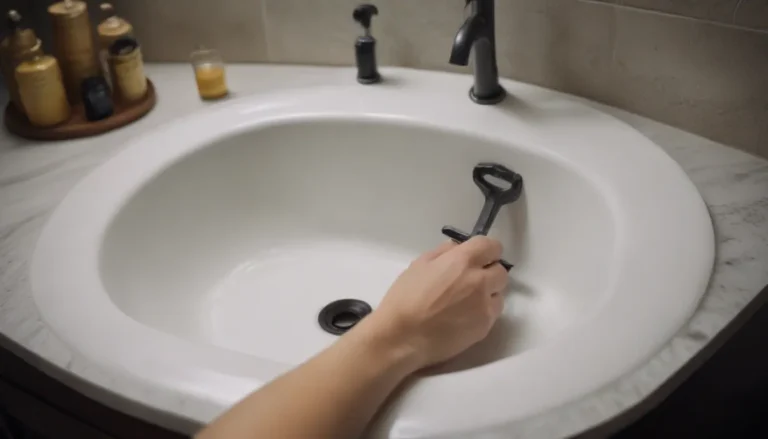Choosing the Right Copper Pipe for Your Plumbing Needs

When it comes to plumbing materials, copper pipes have long been a popular choice in the construction industry. While flexible PEX tubing has become more common for new installations and upgrades, copper pipes still offer many benefits, including excellent corrosion resistance and reliable connections. In this article, we’ll explore the different types of copper pipes available and discuss how to choose the right one for your specific plumbing needs.
Why Choose Copper Pipes?
Copper pipes are known for their durability and longevity, with a lifespan of up to 70 years. They are a sturdy building material that can withstand the test of time. However, there are some factors to consider when deciding whether copper pipes are the right choice for your project. Copper is more expensive than PEX tubing, and it can be susceptible to cracking if exposed to freezing temperatures. Despite these drawbacks, copper pipes remain a popular choice for many residential and commercial plumbing applications.
Types of Copper Pipes
There are four main types of copper pipes commonly used in construction:
- Type K
- Type L
- Type M
- DWV (Drain-Waste-Vent) piping
Each type has its own unique characteristics and applications, so it’s important to choose the right one for your specific needs. Let’s take a closer look at each type:
Type K Copper Pipe
Best for: Main water lines, underground installations.
Type K copper pipe is the thickest-walled of all the common types of copper pipes. It is ideal for water distribution, fire protection, oil, HVAC, and other applications in the construction industry. Type K pipe is available in both rigid and flexible forms and is recommended for main water lines and underground installations due to its thickness. While Type K copper pipe is more expensive than other types, it offers superior strength and durability.
Type L Copper Pipe
Best for: Interior branch water supply lines.
Type L copper pipe is commonly used for interior plumbing, fire protection, and some HVAC applications. It is available in rigid and flexible forms, making it versatile for a variety of applications. Type L copper pipe is thinner than Type K but thicker than Type M, making it a popular choice for interior water supply lines. Professional plumbers often use Type L copper for residential plumbing projects.
Tip: Push-fit connectors, such as SharkBite fittings, offer a flameless and easy way to make durable pipe connections for amateur DIY homeowners.
Type M Copper Pipe
Best for: Branch plumbing lines.
Type M copper pipe is thinner than Type K and Type L pipes, making it a cost-effective option for repairs, replacements, and extensions to interior water supply lines. It is easy to cut and fit, making it a favorite among DIYers. However, Type M copper pipe may not be allowed by plumbing codes in all areas, so it’s essential to check local regulations before using it for your project.
Copper DWV Piping
Best for: Occasionally used for DWV (drain-waste-vent) pipes.
Copper DWV piping was commonly used in older homes and commercial applications for plumbing drains and vents. However, it has been largely replaced by PVC or ABS plastic pipe in modern construction due to its low-pressure rating. Copper DWV pipe is suitable for above-ground applications and is identifiable by its yellow markings.
Choosing the Right Copper Pipe
When selecting a copper pipe for your plumbing project, it’s essential to consider the thickness of the pipe walls relative to the diameter of the pipe. Here’s a summary of the types of copper pipes based on their wall thickness:
- DWV-grade: Lowest wall-thickness to pipe diameter ratio, suitable for drain and vent lines under no pressure.
- Type M: Thinner than Type K and Type L, commonly used for branch water lines.
- Type L: Thicker than Type M, suitable for interior water supply lines and repairs.
- Type K: Thickest wall, ideal for main water lines and underground installations.
Keep in mind that the actual outside diameter of rigid copper pipe is always 1/8 inch larger than the nominal size. For example, a 1/2-inch copper pipe has an outside diameter of 5/8 inch.
While copper pipes have long been the go-to choice for plumbing projects, flexible PEX tubing has become increasingly popular for both new installations and repairs. PEX tubing offers easy installation and durability, making it a preferred option for many professionals and DIYers alike.
In conclusion, when deciding on the right copper pipe for your plumbing needs, consider the application, local building codes, and budget. Copper pipes offer durability and reliability, but it’s essential to choose the right type for your specific project to ensure long-lasting performance.
For more information on copper pipes and their applications, refer to resources such as the Copper Development Association’s Types of Copper Tube guide and the Copper Tube Handbook.
Remember, whether you choose copper pipes or PEX tubing, proper installation and maintenance are key to a successful plumbing system that will stand the test of time. Happy plumbing!





